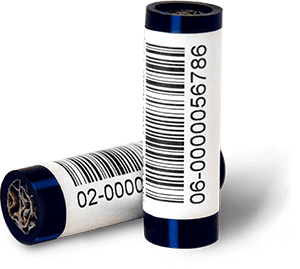The Threat of Poultry Red Mites
Poultry red mites (Dermanyssus gallinae) are the primary mite threat in Europe. In fact, recent surveys have confirmed the extremely high and increasing prevalence of infestations with poultry red mites in Europe. The average overall infestation rate of European layer houses is 83%.1
According to studies by a layer industry expert, productivity losses can reach €0.57 per hen per year in case of moderate mite infestation and up to €2.50 in high infestations.2 Current management methods lack sufficient efficacy to keep mite infestations under control at many poultry farms, and often pose safety threats for both birds and humans.
The Lifecycle of the Poultry Red Mite
Aside from the egg, poultry red mites have four life-cycle stages:
- Larvae
- Protonymph
- Deutonymph
- Adult
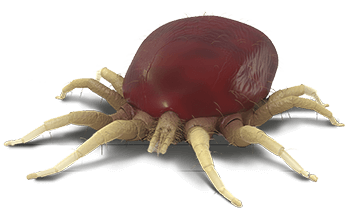
Larvae hatch with six legs and do not feed. After the first molt, both nymphal stages and adults have eight legs. Protonymphs, deutonymphs and adult females routinely feed on host blood, but males only occasionally feed. Once on a host, mites feed for short periods of up to an hour, doing so every two to four days and typically during periods of darkness. Complete development of D. gallinae, from egg to adult through one larval stage and two nymphal stages, typically occurs from 7-10 days up to two weeks.3 Poultry house conditions are well suited to red mite population growth, as temperatures between 10ºC and 35ºC and high relative humidity (>70%) facilitate reproduction and development.
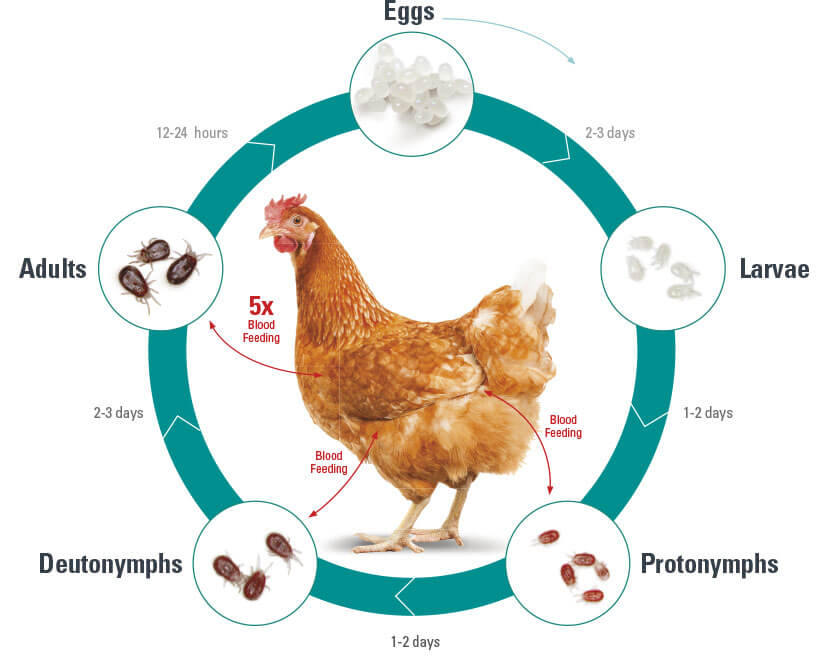

Physiological and Economical Damage Caused by Poultry Red Mites
Even relatively small mite populations can have significant impact, as poultry red mites may serve as a disease vector. Although the absolute vector competence of poultry red mites is unconfirmed, its potential to spread disease, including to humans, should not be underestimated.3,4
In addition to spreading disease, infestation may limit hen immunological responses to pathogens. Heavy infestations are reported to reduce antibody titers to some viral vaccines or suppress host antibody production. Although causal factors may vary, in extreme cases poultry red mite numbers may be so high that hens become severely anemic, with mortality resulting from exsanguination.
PHYSICAL DAMAGE
Increased self-grooming and head scratching both day and night, which contributes to decreased weight gain and reduced egg production, have been observed in artificially infested hens.5
Additional physical symptoms include:
- Anemia
- Higher rates of mortality
- Disease susceptibility
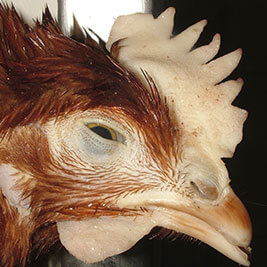
PRODUCTIVITY DAMAGE
Mite bites are painful and induce skin irritation, contributing to high stress levels in infested birds, which can lead to:
- Decreased feed intake
- Decreased egg production
- Decreased egg quality (shell thinning, spotting)
- Decreased weight gain
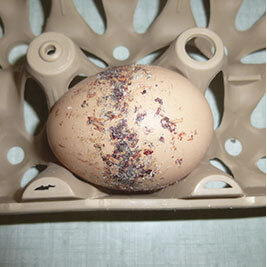
ECONOMIC DAMAGE
The physiological damages caused by poultry red mites leads to severe economical damages, such as:
- €0.57 per hen per year loss in case of moderate infestation
- €2.50 per hen per year loss in high infestations
- €200 million for annual industry productivity losses in Europe
- €260 million for annual overall industry costs in Europe
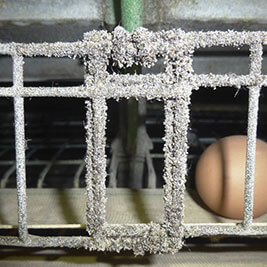
1 Mul M. Fact sheet: the poultry red mite, Dermanyssus gallinae (De Geer, 1778) A small pest that packs a big punch. Wageningen UR, 2013.
2 Mozafar F. 2014. Die rote vogelmilbe, eine grosse herausforderung für eierproduzenten. Frühjahrveranstaltung;Deutchen Vereinigung für Geflügelwissenschaft. Leipzig, 11-12 März 2014.
3 Sparagano O.A.E., George D.R., Harrington D.W.J., Giangaspero A. Significance and control of the poultry red mite Dermanyssus gallinae. Annu Rev Entomol 2014; 59:447-466.
4 Sommer D, Heffels-Redmann U, Köhler K, Lierz M, Kaleta EF. Role of the poultry red mite (Demanyssus gallinae) in the transmission of avian influenza A virus. Tierärztliche Praxis Grosstiere 2016; 1:47-54.
5 Kilpinen O. How to obtain a blood meal without being eaten by a host: the case of poultry red mite, Dermanyssus gallinae. Physiol Entomology 2005; 30:232-240.
Mite Surveillance
There are many methods for monitoring mite infestations that can detect first mites, record population dynamics and help determine when to treat and the effectiveness of treatment. Mite traps are a very effective way for monitoring Poultry Red Mites. Want to know more? Provide your email and an MSD Animal Health representative will get in touch with you.
